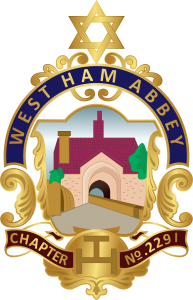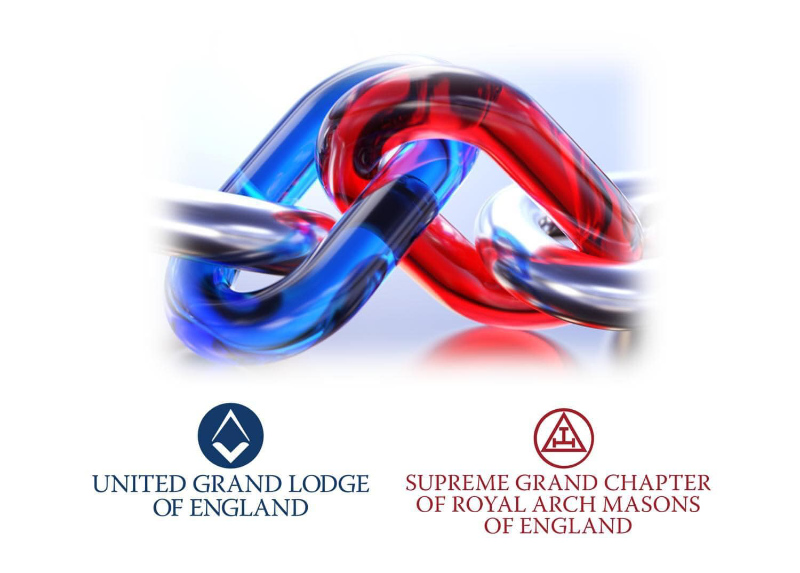
Freemasonry, as we know it today in the UK, is the product of a union between two rival Masonic bodies – The Premier Grand Lodge (aka The Moderns) and the Grand Lodge of the Ancients. The earliest evidence as to the practice of Freemasonry dates back to well before the 18th century, when the fraternity was unregulated.
As with anything that is unregulated changes, divergences and nuances develop and evolve until there are very different practices based along an original theme. Freemasonry was no exception so in 1717 the first ‘Premier Grand Lodge’ was established to try to regulate the practices of the fraternity.
Naturally those that opposed having their practices curbed or censored denounced the Premier Grand Lodge, claiming that their ceremonies were older (ancient) and therefore more accurate than that of the Premier Grand Lodge, so they created the Grand Lodge of the Ancients in 1751. Their differences, while following the same tenets, were many and varied but one of the most notable differences was their approach to the areas of the fraternity that we now know to be the Royal Arch. The Ancients conducted the Royal Arch ceremonies in the Lodges whereas the Moderns held the ceremonies separately in Chapters.
These two Grand Lodges remained rival bodies until two royal brothers – The Duke of Sussex (Grand Master of the Moderns) and the Duke of Kent (Grand Master of the Ancients) brought the two Grand Lodges together in 1813. The union obviously had huge difference in opinion to transcend. To the Ancients, the Royal Arch was ‘the root, heart and marrow’ of the order and had to remain, while the Moderns could not reconcile it being practised in the Lodge. The compromise therefore, was to continue the practice of the Royal Arch in Chapters. It was to remain independent from the Craft but no less important.
What is the Royal Arch?
Four weeks after the successful attainment of the third degree, every Master Mason is entitled to join the Supreme Order of the Royal Arch of Jerusalem. In this Order, the story surrounding the Temple of Jerusalem is continued as we discover what happened after temple was destroyed. It is a truly beautiful Order which addresses the importance of a journey towards a better spiritual understanding and the application of the lessons learned in the Craft. It is considered the final portion of the journey in ‘Pure and Ancient Masonry’ and it is important that every Freemason is encouraged to make that journey. The culmination of which is to be installed into the three successive offices as Principals of the Chapter.
One Organisation

In 2022 the Pro Grand Master of the Craft (who also happens to be the Pro First Grand Principal of the Royal Arch) announced a new initiative to redress the perceived independence of the two Orders by launching the ‘One Organisation’ program as a way of further galvanising the importance of the Royal Arch in the journey of every Freemason. More importantly, as of 2025 the fee for joining the Royal Arch will be removed meaning that all new masons under the UGLE constitution will not pay a joining fee to become a Royal Arch mason.
Eligibility
It is often wrongly assumed that one must be a Past Master in the Craft before they can join Royal Arch. This is not the case, and although certain offices within Royal Arch were restricted only to Past Masters, this is no longer the case either.
The West Ham Abbey Chapter of Royal Arch was consecrated in 1924 and has a long and fruitful history spanning over 100 years, where brethren from various Lodges have come to complete their journey in pure and ancient masonry. We meet at The Square at Upminster, RM14 1DF, on the following dates:
- 4th Wednesday in March
- 4th Wednesday in June
- 1st Monday in September
If you are a Master Mason who has not yet capitalised on your right to be a member of the Royal Arch, please feel free to contact our Scribe E., scribe.e@westhamabbey.org.uk for details or click the link below and complete the short contact form.


